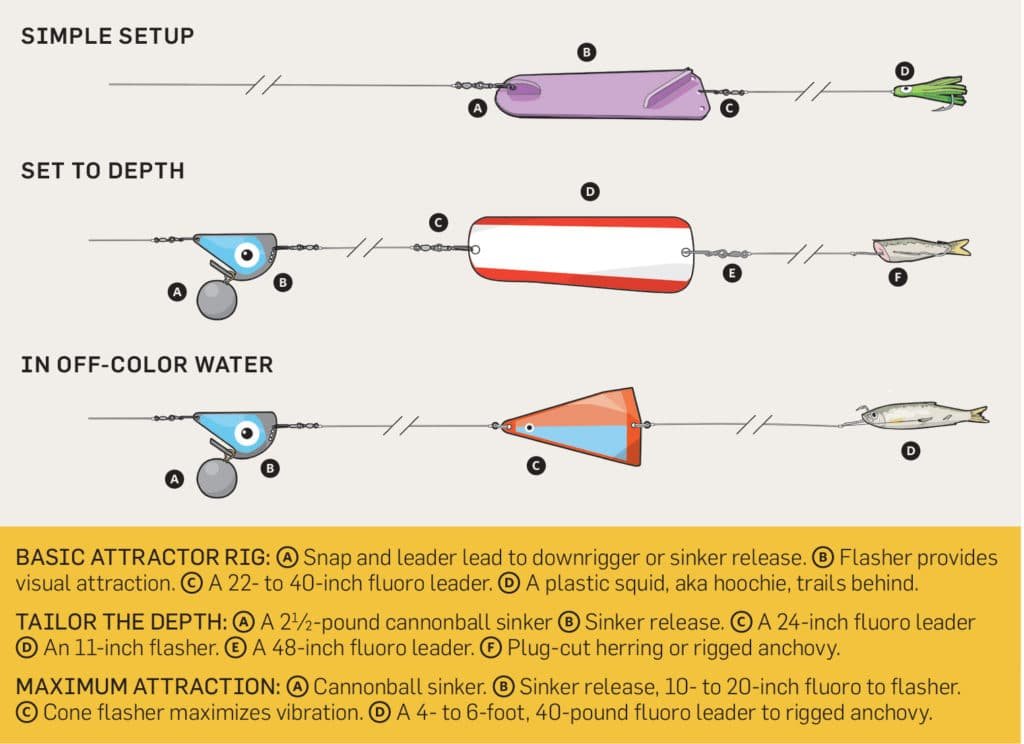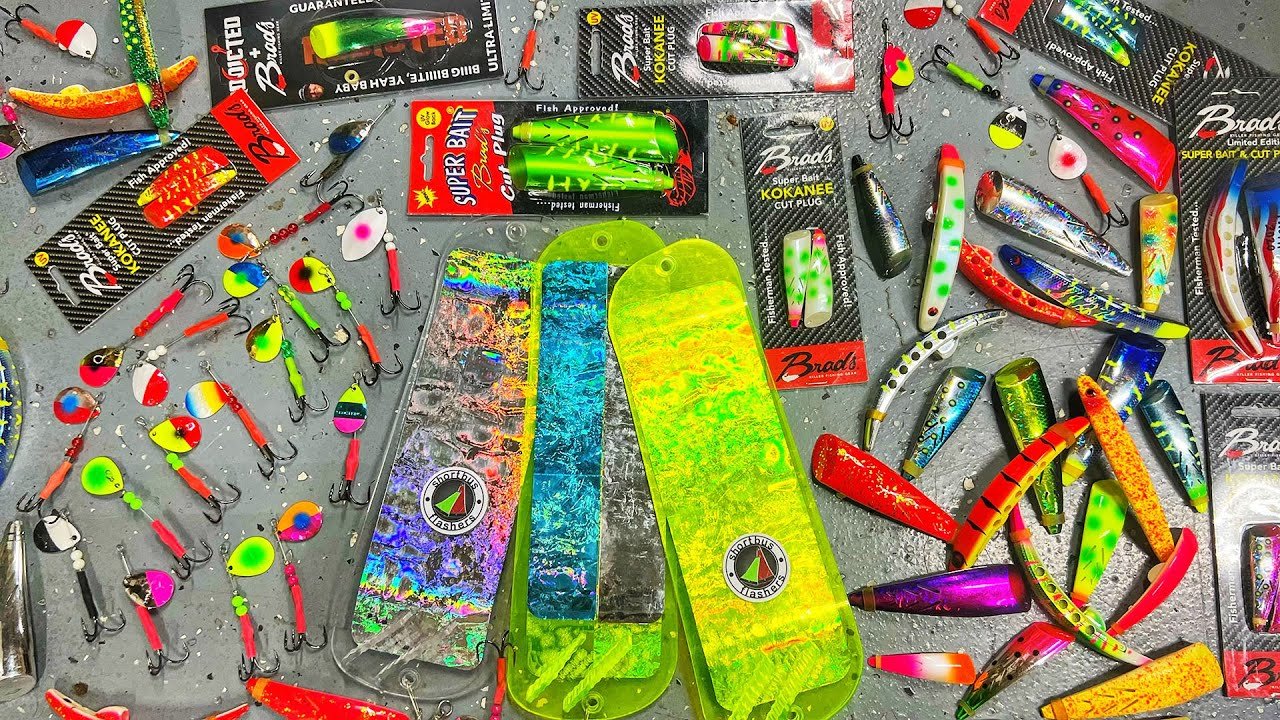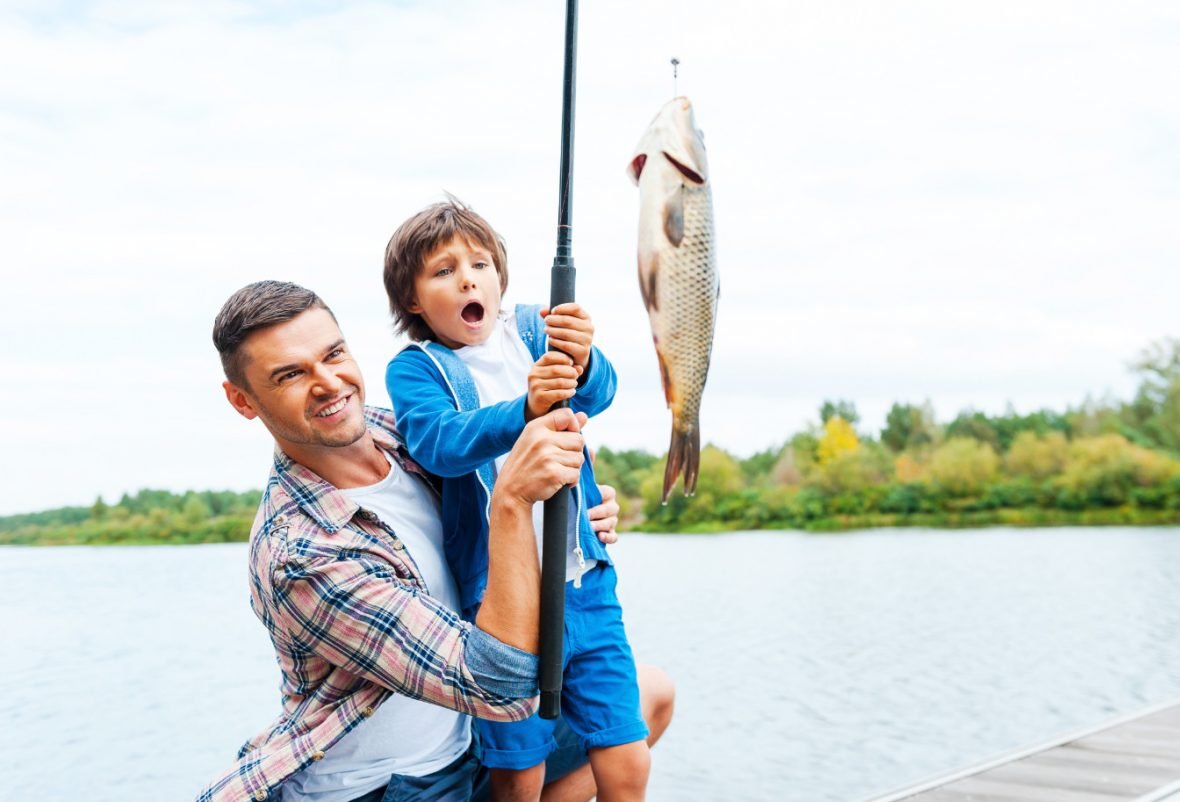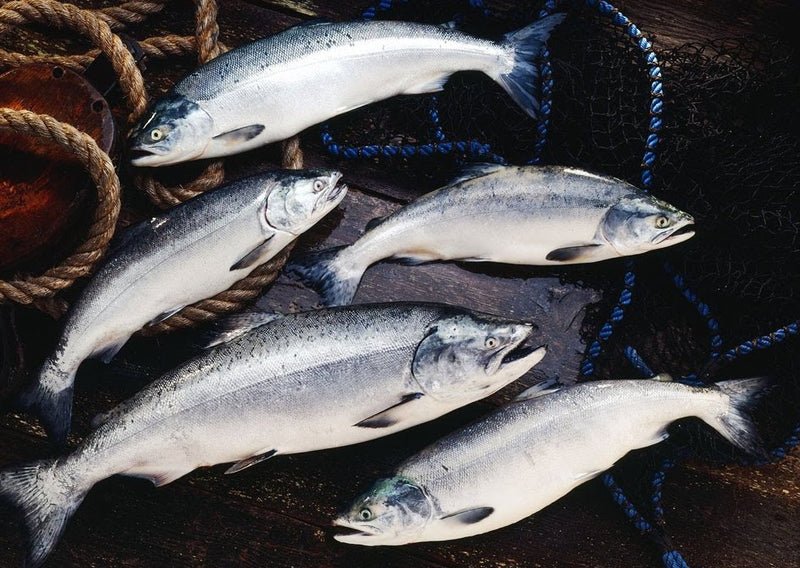Trolling for salmon effectively requires more than just dropping a line and waiting. It’s a strategic approach that can significantly increase your chances of success. Here’s a comprehensive guide on how to troll for salmon effectively, covering everything from understanding salmon behaviour to choosing the right equipment and techniques.
Understanding Salmon Behavior
To effectively troll for salmon, you need to understand their behaviour patterns. Salmon often migrate depending on the season, water temperature, and food availability. They can be found at different depths and locations throughout the day. In colder waters, salmon tend to swim closer to the surface, while they may move deeper in warmer conditions. Knowing these patterns helps you target them more effectively.

How to Troll for Salmon Effectively
Choosing the Right Equipment
Selecting the appropriate trolling equipment is crucial. Use a robust trolling rod and reel combination that can handle the weight of your bait and the potential size of salmon you expect to catch. Ensure your line is strong and durable, preferably with a leader to prevent breakage from sharp salmon teeth or rocky terrain. Quality gear increases your chances of landing and successfully bringing in a salmon.
Selecting the Best Bait and Lures
Salmon can be selective about their food, so choosing the right bait and lures is essential. Live bait such as herring or anchovies often works well, but artificial lures can also be effective if they mimic the movement and appearance of salmon’s natural prey. Experiment with different colors, sizes, and actions to determine what works best in your fishing area and conditions.
Setting Up Your Trolling Rig
A well-configured trolling rig is critical for success. Ensure your bait or lure is swimming naturally through the water at the correct depth. Adjust your rig based on water conditions, temperature, and where you believe the salmon are located. Use downriggers or lead weights to control depth and keep your bait in the strike zone where salmon are actively feeding.
Speed and Depth Control
Controlling your trolling speed and depth is vital for enticing salmon bites. Adjust your trolling speed to match the natural swimming pace of salmon in your area. Slower speeds are often preferred, especially in colder water. Use depth finders or fish finders to determine where salmon are located and adjust your rig accordingly to ensure your bait is at the right depth.
Patience and Persistence
Successful trolling requires patience and persistence. It may take time to locate schools of salmon or find the right combination of speed, depth, and bait that triggers bites. Stay focused, monitor your equipment and surroundings, and be prepared to adapt your tactics based on fishing conditions and feedback from bites.
Safety and Conservation
Practice responsible fishing practices to protect salmon populations and the environment. Familiarize yourself with local regulations regarding catch limits, sizes, and seasons. Handle caught fish with care, using proper release techniques for undersized or unwanted salmon to ensure their survival and maintain healthy fish populations for future fishing opportunities.
Conclusion
Mastering the art of trolling for salmon effectively involves understanding their behavior, using the right equipment, bait, and techniques, and maintaining patience and persistence. By applying these tips and strategies, you can enhance your fishing experience and increase your chances of a successful catch. Enjoy the thrill of the chase and the satisfaction of bringing home fresh salmon while respecting the environment and conserving this valuable species.




